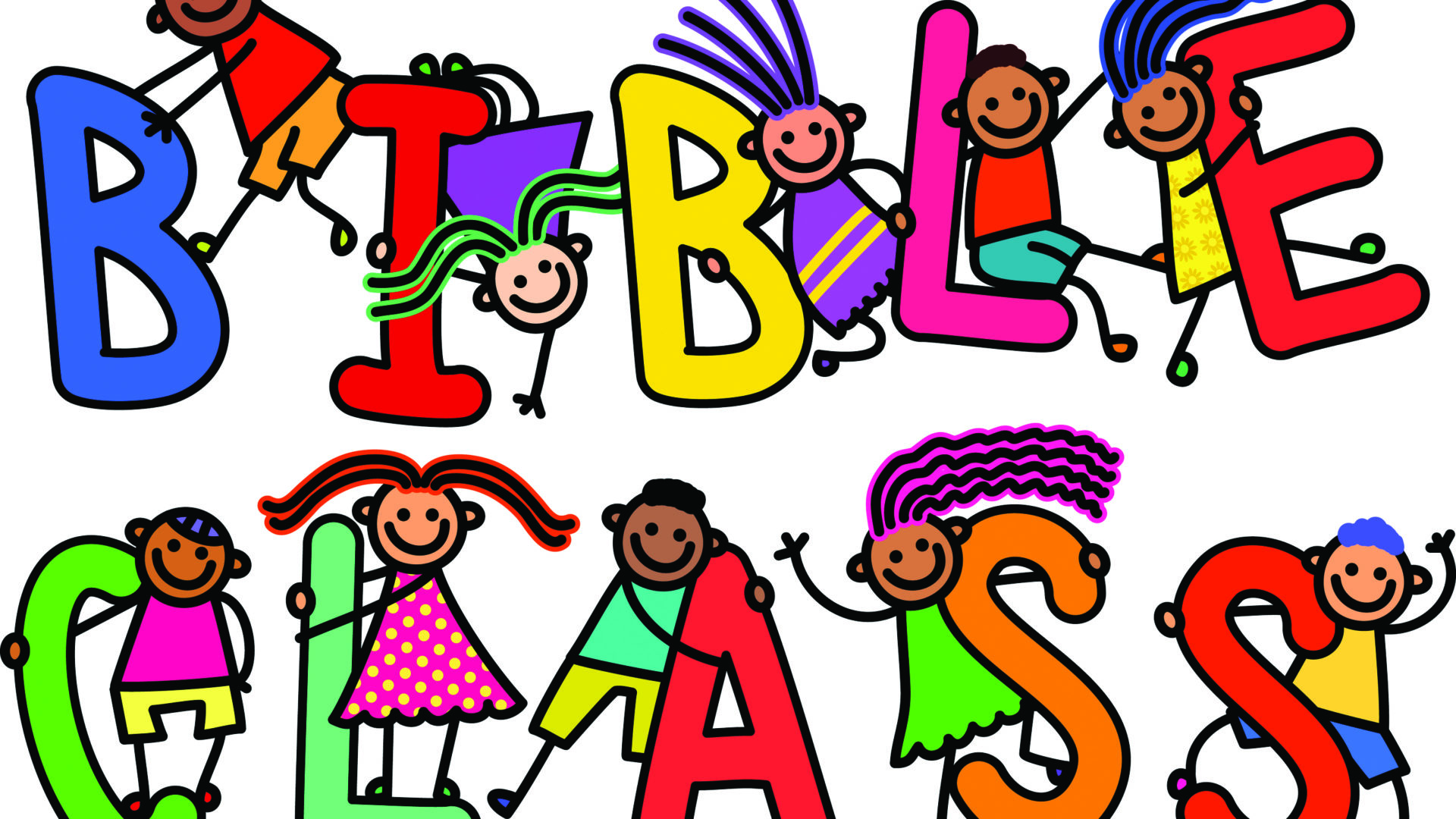By Kristen Greene
“How do we engage children in church?” This age-old question remains at the forefront for almost every children’s ministry leader, parent and pastor.
And if you’ve ever sat up late at night, cutting out the gazillionth piece for some Pinterest craft that seemed like the perfect idea for kids, you may have found yourself thinking, “Is this really worth it?”
We’re no longer just battling children’s endless energy; we’re competing for their attention against electronic devices that offer hours of instant entertainment.
But there is an easier way to create engaging, Scripture-based lessons that don’t take hours upon hours of preparation. Would you be surprised to learn that you can do so with a few simple supplies, like a children’s bulletin and some crayons?
Here’s how:
1. Be a Storyteller
As Bible teachers, we all want the stories of Scripture to come to life for our students. Effective storytelling, especially for younger children, means paring down to the heart of the story. To prepare, read the story a few times over – preferably directly from the Bible. The first time, simply read through the story for your own enjoyment. Then, go through it again to highlight or jot down key points or elements you want to retell.
Once you have the story down, focus on how you’re going to tell the story to kids, without reading it directly. Visualize it in your mind – what sounds, voices, props or songs can you incorporate to stimulate the senses of your youngsters? The more they feel, smell, touch, hear or see, the more powerful the story becomes.
For example, when telling the story of the Battle of Jericho, you can add a little drama by tiptoeing and whispering when you talk about the Israelites marching quietly around Jericho. Then, putting your hands together and mimicking a trumpet sound, tell about the seventh day with loud, dramatic motions.
After you’ve told the story, repeat it, and this time have the children enact it with you. March around the room quietly together, recounting the first six days. For the seventh day, have the children put their hands together, make trumpet sounds and pretend the walls are falling down around all of you!
Don’t feel pressured to spend lots of time finding props and costumes, unless you just happen to have something lying around. Challenge kids to use their imagination. Simply being dramatic when you speak, changing your voice inflection and exaggerating your movements can go a long way toward being an effective storyteller.
2. Show the Story Visually
Crafts are fun – and are great for filling time – but the best way to reinforce a Bible story can be as simple as a coloring page, children’s bulletin or activity sheet.
If you’re limited on time, a good coloring page or bulletin may be your most effective prop to help the story come alive. Engage children’s minds to search for parts of the story by counting or coloring key items you point out on the page.
For example, when teaching about Baby Moses, you can ask: “What did Baby Moses’ mother put him in? A basket! Let’s color the basket!” You can even glue pieces of straw or grass to the paper to emphasize that she hid the basket in the reeds. All these elements can flow from one sheet of paper without you having to spend hours prepping a craft project.
Another way to show the story visually is to use play dough to help kids retell it. This is especially great for stories where the main characters are instructed to build something – Noah and the ark, or workers building Solomon’s temple.
Once you’ve told the story, separate the children into groups of two or three and have them work together to make sculptures about the story. For older kids, it helps to set a timer and tell them they have five minutes (or longer, depending on your class time) to create. Then each child or group can retell the story, using their creation.
So, save yourself the headache, put down the scissors and just find a good online resource or coloring book you can turn to over and over again!
3. Repeat
Have you ever heard that if the Bible repeats itself, God is saying something important and we need to pay attention? The same principle applies to children. Repetition is a powerful tool in aiding understanding.
When you tell a Bible story, choose a few questions or phrases that you will repeat. Say these lines or ask these questions again and again during class or worship time. You may not get much response at first, but the more you repeat, the more kids will engage as they become excited that they know the answers or can finish your sentences!
Repetition also means creating a routine or environment your youngsters can count on from week to week. When an environment is predictable, this makes a safe space that creates the optimal learning environment.
4. Send Something Home
The most effective way to get children to remember what was taught in church is if their parents reinforce the story at home. A take-home paper helps parents engage with their little ones, emphasizing the lessons learned in class.
Bulletins are great, especially if you customize the front or back. Add a section entitled “What We Learned Today” or a list of the questions and answers you repeated during the lesson. Children love to share what they have learned with their families!
Involving kids in worship shouldn’t have to completely consume your time. Try these few basic tips – storytelling, visualization, repetition and sending something home – to spark your youngsters’ interest in the Bible.
Kristen Greene is the creative director for Children’s Worship Bulletins, www.ChildrensBulletins.com.




